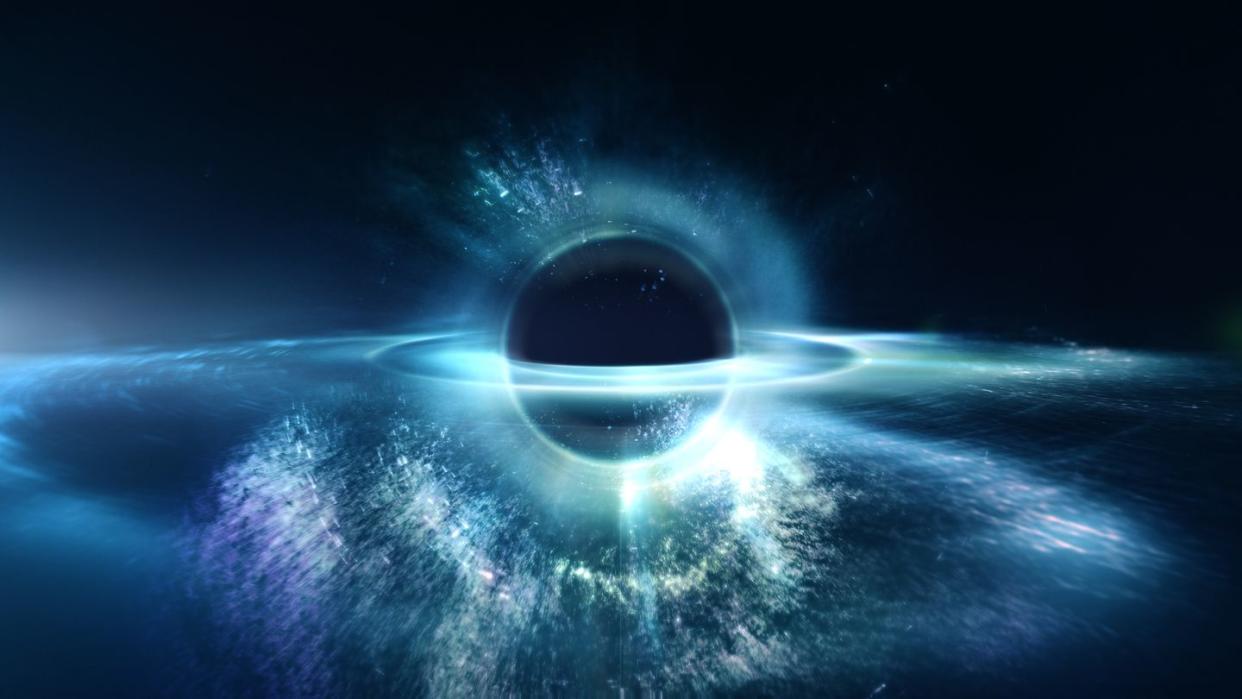Scientists May Have Found a Particle Made of Pure Force

For more than half a century, particle physicists have theorized the existence of a “glueball,” a particle made entirely of gluons.
While the past few decades have produced some compelling candidates, researchers using the Beijing Electron–Positron Collider II (BEPC-II) in China have discovered another one known as particle X(2370), which contains the same mass as the expected glueball.
If scientists could confirm the existence of a glueball, whether X(2370) or some other particle, it would be a very good sign that the Standard Model of particle physics is on the right track.
The Standard Model is our current best-guess at understanding, well, everything. Often described as a “periodic table of particle physics,” this model describes the nesting doll-like structure of the subatomic world that underpins the universe. Atoms are made of protons and neutrons, which are in turn composed of quarks that are all held together by gluons—the force carrier for the strong nuclear force (one of the four fundamental forces).
While providing an understanding of subatomic physics, the Standard Model also makes predictions as complicated equations can suggest that certain particles should exist even if they’ve never been directly observed. One of these hypothetical particles is the ever-elusive “glueball.” As its name suggests, this “ball” is actually a particle composed entirely of gluons—quarks need not apply. However, finding such a particle requires firing protons and antiprotons at each other at incredible speeds and sorting through the explosive aftermath.
More than 50 years after the glueball’s first theoretical description via quantum chromodynamics (QCD), the theory of the strong nuclear force, scientists have found a few compelling candidates—quite a feat considering we have no real idea what to look for—but haven’t definitively discovered a glueball. Now, a study from scientists working with the Beijing Electron–Positron Collider II (BEPC-II) in China has discovered what’s perhaps the most convincing candidate yet. Scientists found the particle X(2370) by sifting through a decade of data made up of 10 billion samples and finding a candidate with an average mass of 2,395 MeV/c2, the expected mass of a glueball.
At first, this may seem like a strange prediction—after all, gluons famously have no mass. But it turns out that the energy that binds together gluons imparts some mass to the glueball itself (it’s the whole E = mc² thing). The particle X(2370) decays from a specific meson (a particle composed of an equal number of quarks and antiquarks) called J/ψ. But this all happens nearly instantaneously, so scientists work backward using advanced mathematics (e.g. Lattice QCD) to understand the aftermath of the particle collision in its entirety.
“In particular, the glueball is a unique particle formed via the interaction among gauge boson particles,” the scientists said in a paper published in the journal Physical Review Letters. “The radiative decay of the J/ψ meson is a gluon-rich process and is therefore regarded as an ideal place for searching and studying glueballs.”
This isn’t the first inkling of a glueball that’s ever been discovered. In 2015, for example, scientists from the Vienna University of Technology published a paper highlighting another compelling candidate, a meson known as f0(1710). While this particle is known to decay into strange quarks (a type of elementary particle), this research confirmed that a glueball could behave similarly but its status as a bonafide glueball hasn’t been confirmed.
In the end, the most important aspect of this hunt for glueballs is that they’re existence, whether X(2370), f0(1710), or some other particle, confirms the science behind the Standard Model and QCD theories. After all, these theories state that a particle composed of only the strong nuclear force must exist, and the more potential candidates we find, the more likely that our model of particle physics is pointing us in the right direction and toward discovering the subatomic mysteries of our existence.
You Might Also Like

